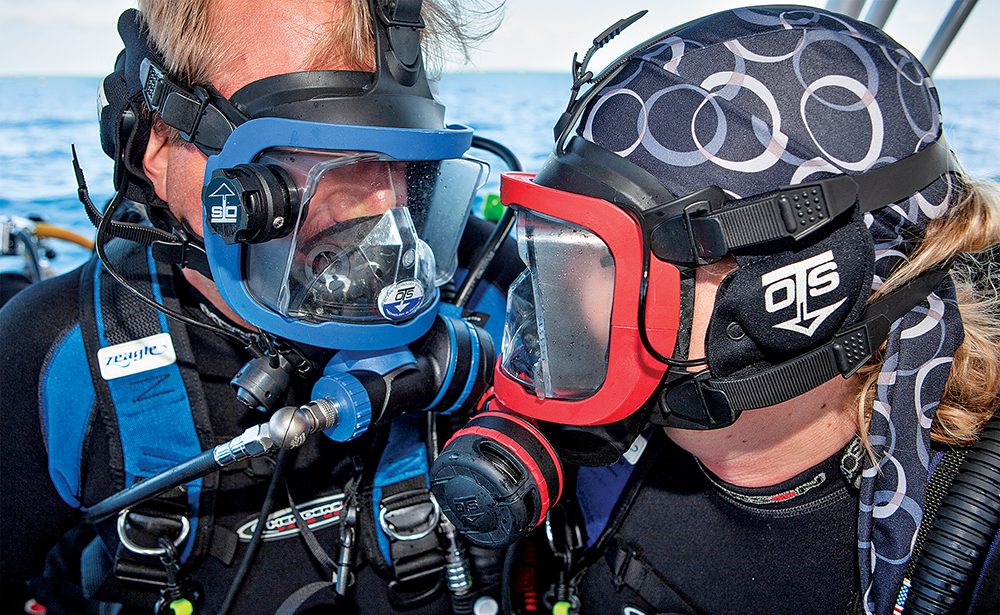A Life Aquatic: Stan Waterman
EVEN THOUGH I WAS A photojournalist for Skin Diver magazine for 17 years, one of the covers I most remember was not one I shot but a portrait of Stan Waterman that Geri Murphy took for the September 1982 issue.
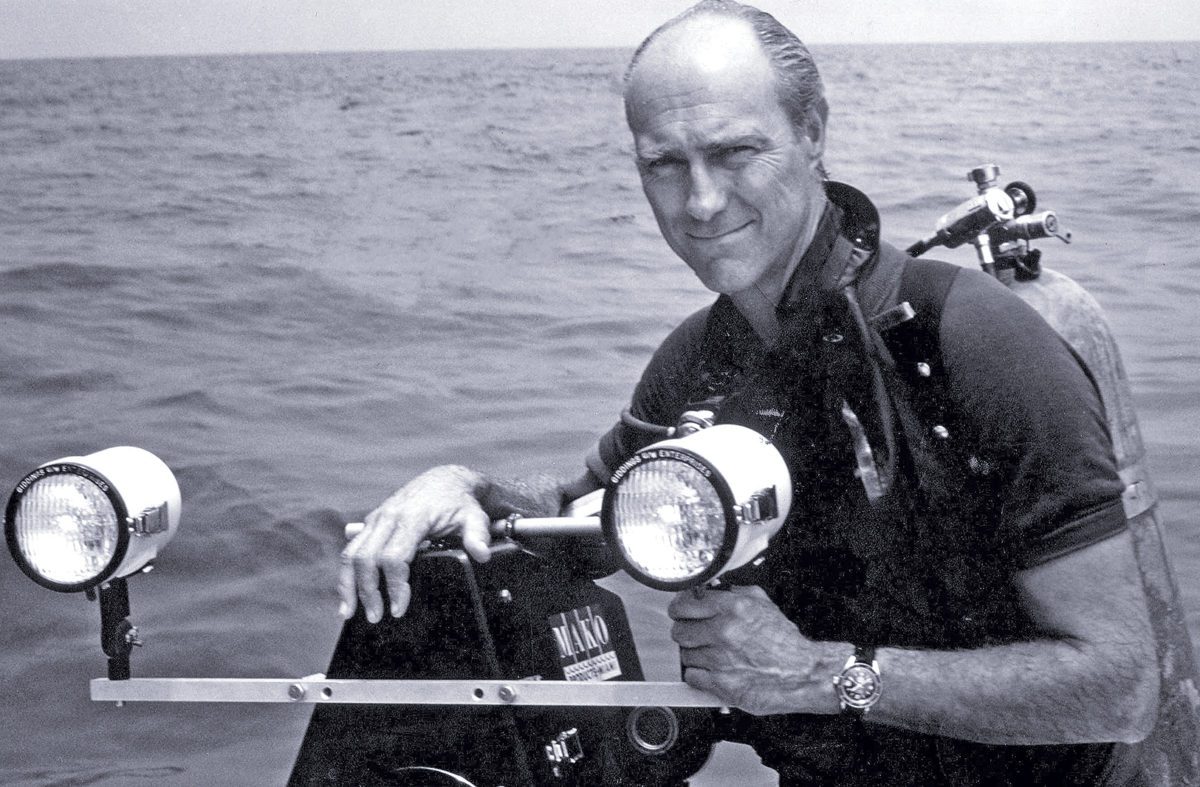
EVEN THOUGH I WAS A photojournalist for Skin Diver magazine for 17 years, one of the covers I most remember was not one I shot but a portrait of Stan Waterman that Geri Murphy took for the September 1982 issue.

UPON SURFACING, I heard a fellow diver ask, “How cute are those brooding anemones?” This observation piqued my interest because I’d never heard of this behavior despite a lifetime of watching nature documentaries and reading dive magazines.
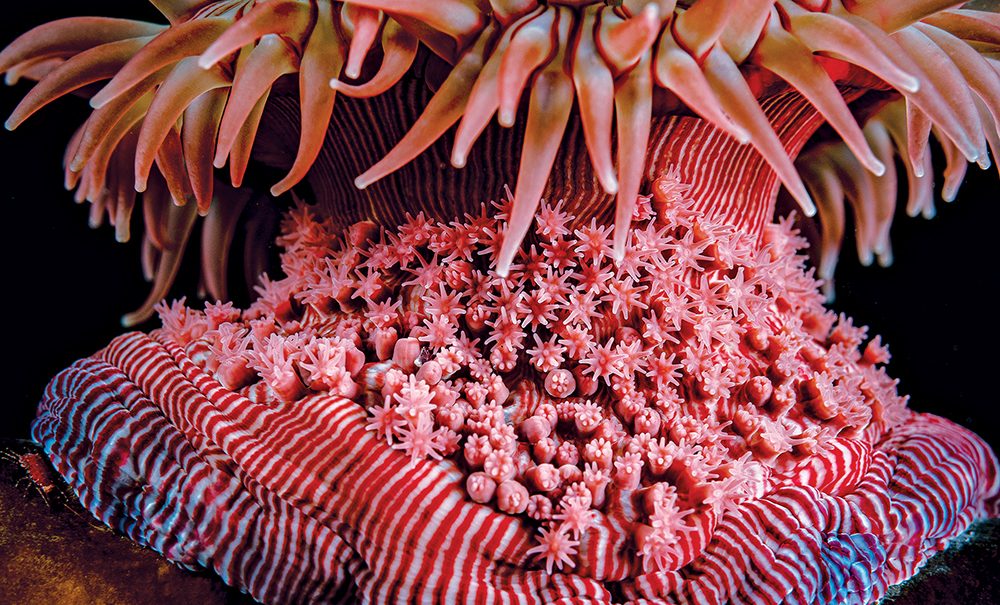
SEAFOOD HAS LONG BEEN AN INTEGRAL PART of the human diet, and some people consider it to be an inexhaustible food source.
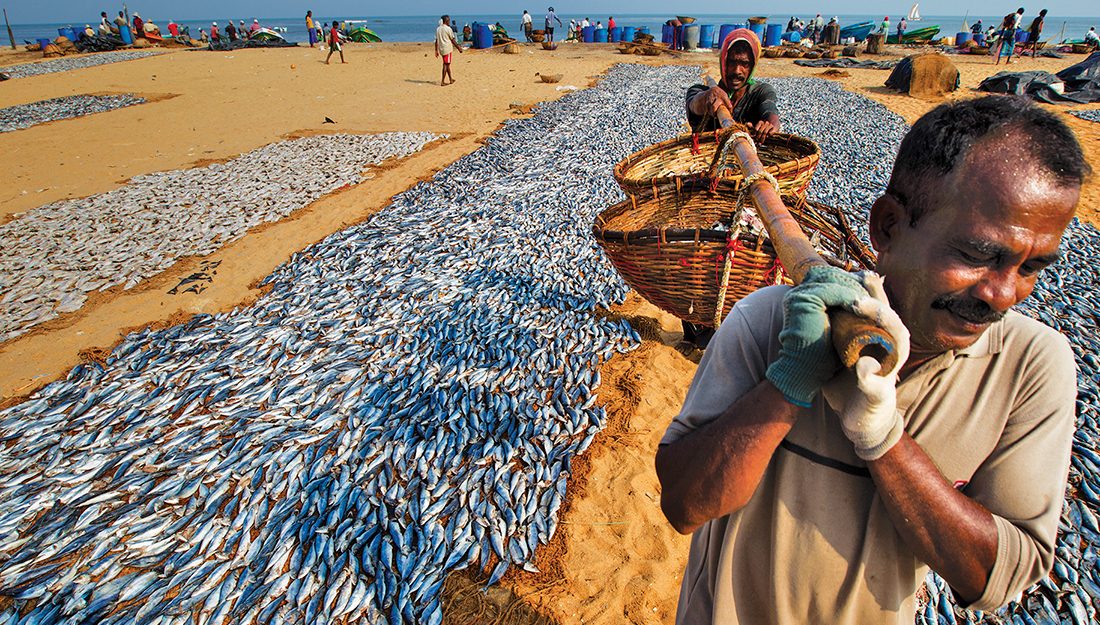
THE DIVE KNIFE IS AN ICONIC PART OF A SCUBA DIVER’S GEAR. Since the inception of diving as a recreational activity, the dive knife’s presence in a diver’s equipment has influenced the public image of scuba diving as a dangerous sport and placed its participants in a league of their own.
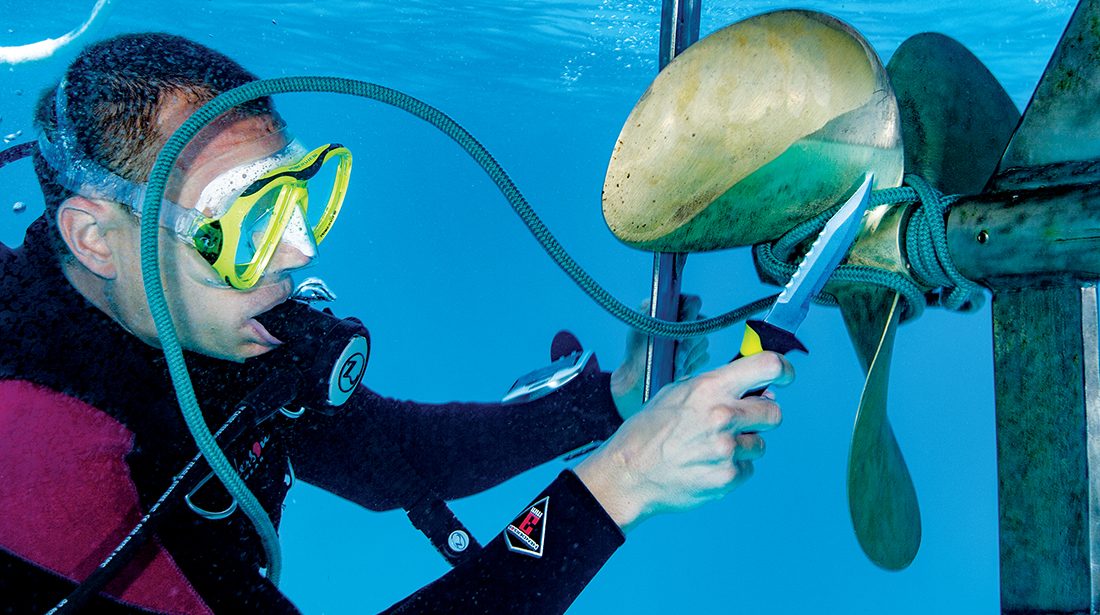
MANY DIVERS DON’T WANT TO TAKE LARGE digital single-lens reflex (DSLR) housings or expensive mirrorless cameras on their dives. Their goal is to capture memories to show their family or post on social media, not to get the highest-quality underwater images.
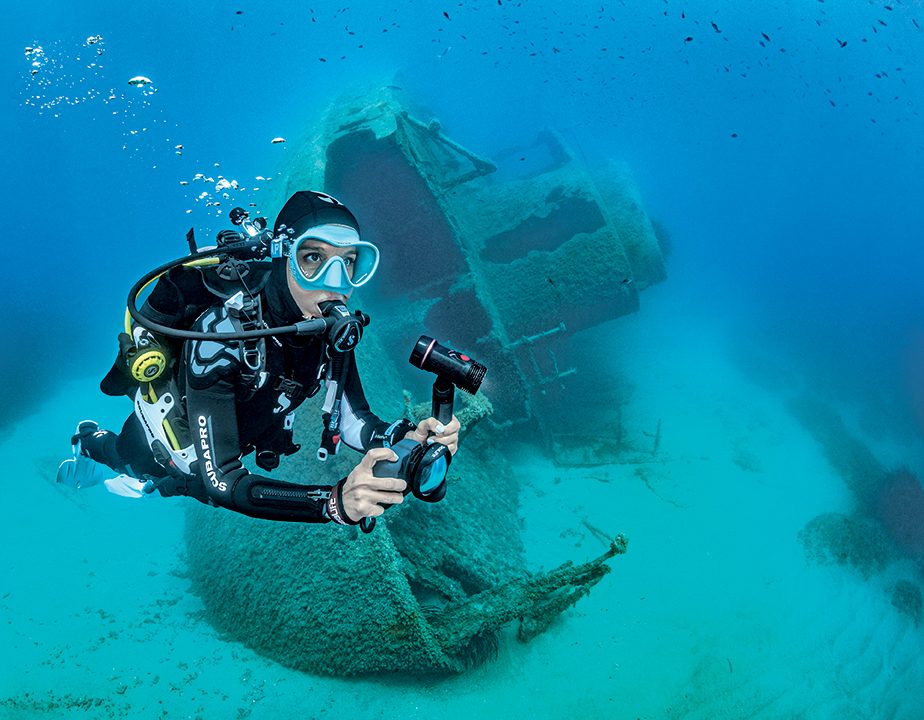
READERS WILL KNOW THE BYLINE “David Doubilet and Jennifer Hayes” from scores of National Geographic magazine features. Working as a team they have photographed the wild ocean from the tropics to both polar regions and even some rather unusual aquatic realms in between.
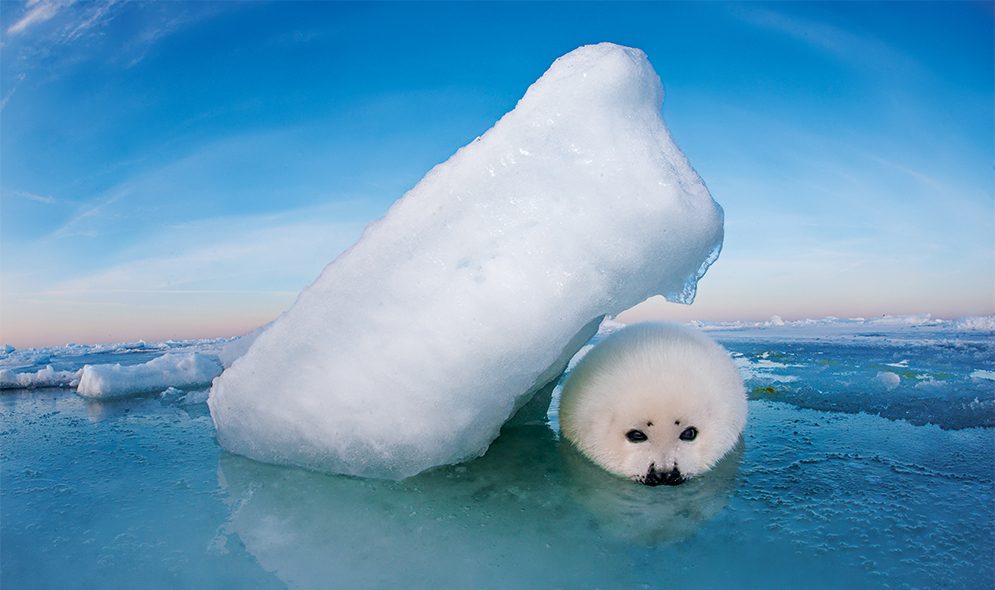
THE THREE GASES GENERALLY used in recreational and technical diving are oxygen, nitrogen, and helium. Nitrogen is the most abundant and is usually the default gas, but no one seems concerned about its purity, although the U.S. Compressed Gas Association (CGA) provides purity levels, or grades, for various applications.
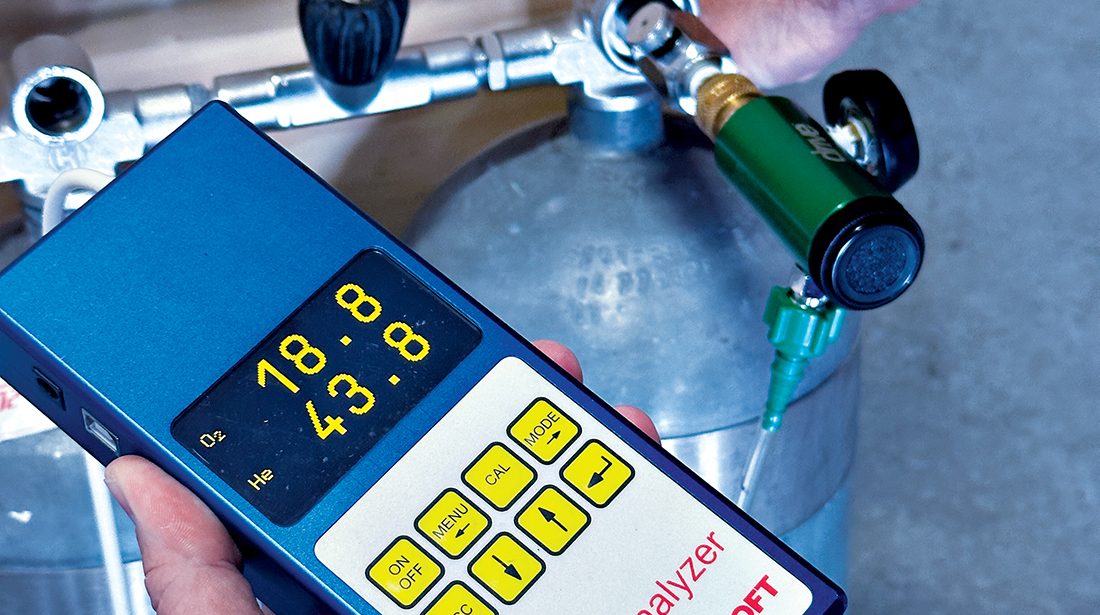
I have learned to read the minute details of each athlete’s technique and interpret the impending risk that arises as they push themselves in pursuit of a personal-best performance.

MINORS HAVE BEEN DIVING FOR DECADES, but the incidence of scuba diving injuries among them remains poorly studied.
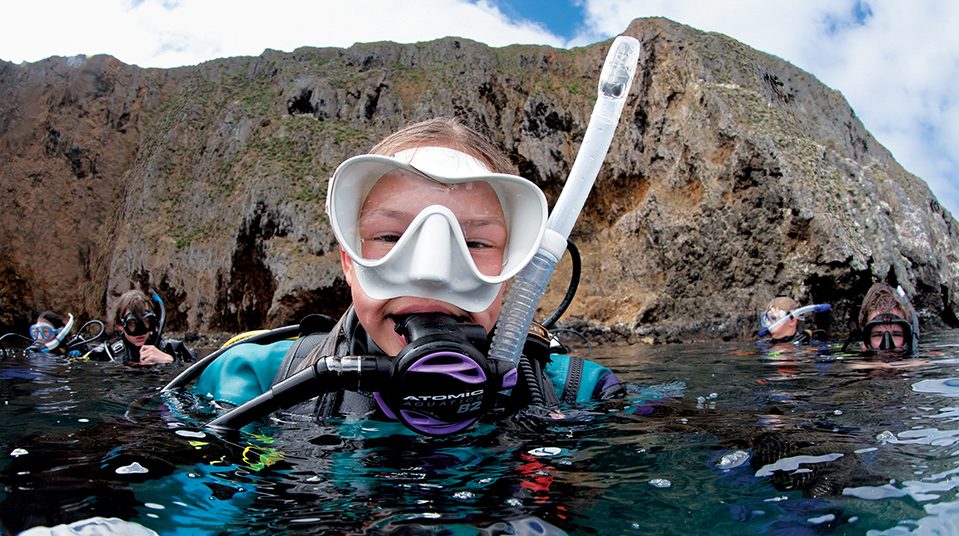
AS A WILDLIFE OFFICER, I spend countless hours on the water. As an instructor for the National Association of Underwater Instructors (NAUI), I have also spent a lot of time teaching and diving.
